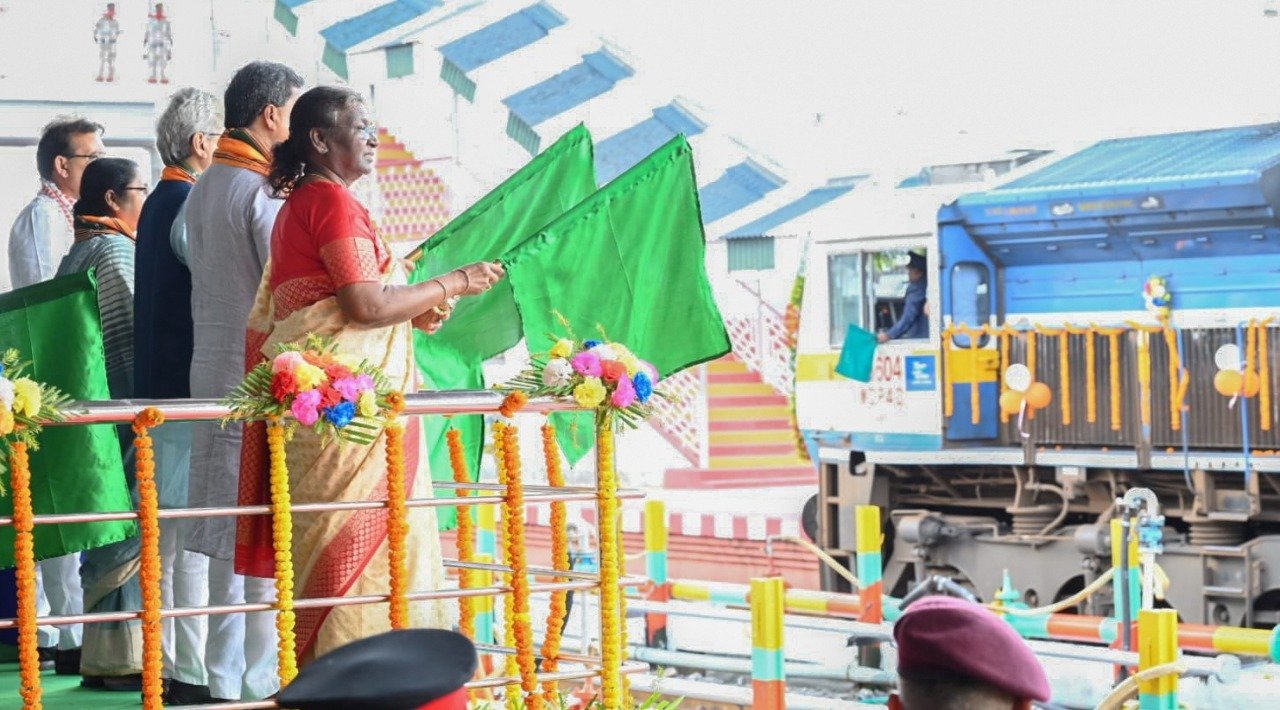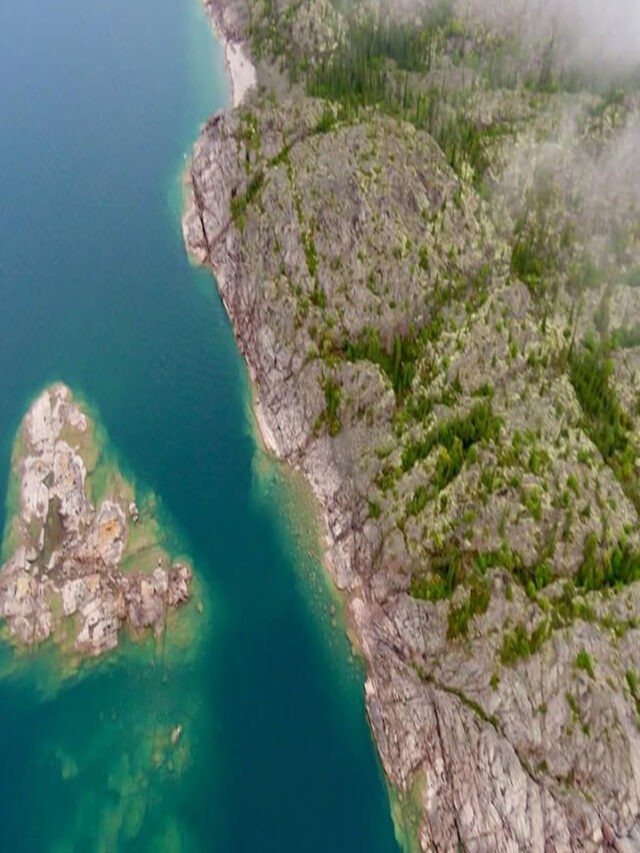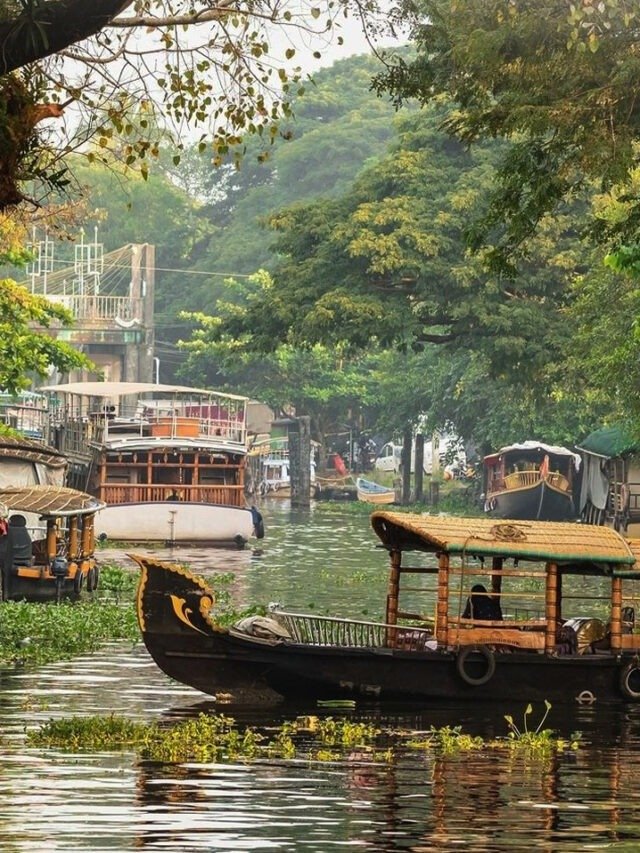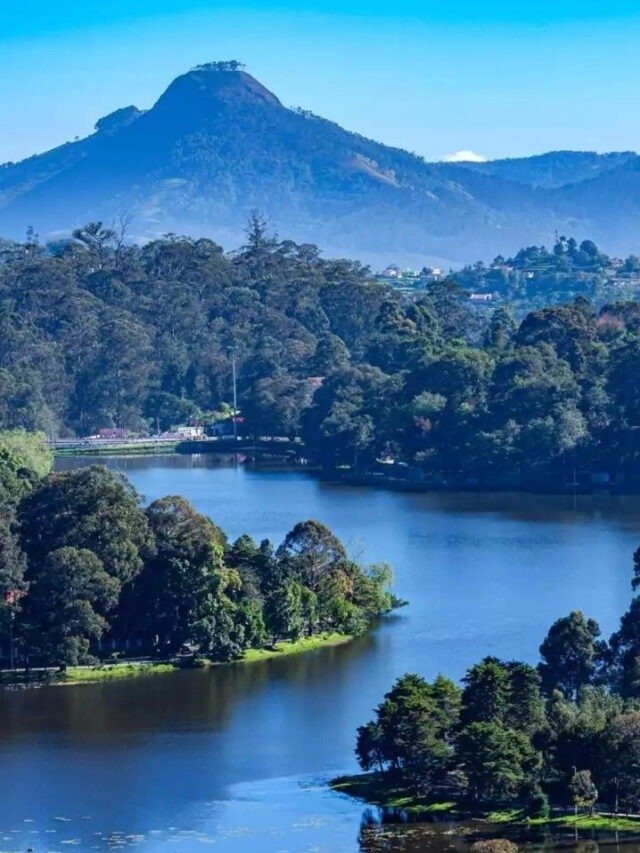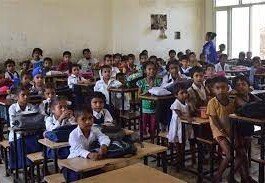HT Correspondent
AGARTALA, Feb 18: Tripura Chief Minister Manik Saha on Tuesday said that the state government has set a target of achieving 80% irrigation coverage of cultivable land in the next few years.
He also informed that the state government has taken multiple steps to mitigate flood situations, including the construction of 43 flood protection embankments and carrying out anti-erosion work on riverbanks.
Saha made these remarks while addressing the 2nd All India State Water Ministers Conference 2025 at Udaipur, Rajasthan, on Tuesday.
“Tripura is the third smallest state, with a geographical area of 10,491 sq. km. It is predominantly a hilly state, with more than 70% of the area covered by forests. People living in these areas mostly depend on agriculture for their livelihood. The government of Tripura is giving priority to constructing more irrigation projects to improve agricultural productivity and help farmers double their income. The total cultivable land is 25% of the total geographical area, and 47% of the cultivable land is covered with irrigation. We aim to achieve 80% irrigation coverage of cultivable land in the next few years,” said Saha.
He stated that due to fast-flowing rivers and limited water storage capacity, there is little scope for surface water-based irrigation projects in the state. Therefore, the state has emphasized constructing rainwater storage structures and minor irrigation dams.
“We have identified suitable sites for 98 minor irrigation projects covering 30,000 hectares and initiated work on 14 projects. Our state is blessed with abundant groundwater resources due to a long rainy season and extensive forest areas. We utilize only 9.48% of groundwater, compared to the national average. We have also undertaken deep tube wells for irrigation as well as drinking water purposes. Since the launch of the Jal Shakti Abhiyan – Catch The Rain, the annual extractable dynamic groundwater resources have increased from 1.063 billion cubic meters in 2023 to 1.18 billion cubic meters in 2024,” said Saha.
Saha informed that the state government has undertaken activities for water conservation, rainwater harvesting, renovation of traditional water bodies, watershed development, and intensive afforestation.
“More than 45,000 water structures have been developed under the Jal Shakti Abhiyan – Catch The Rain since its inception. 975 Amrit Sarovars in 8 districts and several heritage water structures dating back to the 14th century have been rejuvenated. At the launch of Jal Jeevan Mission (JJM) in 2019, only 24,000 rural households (3.26%) had tap water connections. As of February 4, 2025, 6.38 lakh households (~85%) have assured tap water supplies. In hilly areas where groundwater is unavailable, innovative water supply schemes based on available sources such as local streams, springs, and water reservoirs are being implemented,” said Saha.
He further stated that 4,347 schools (96%) and 88,435 Anganwadi Centers (96.10%) have started receiving potable piped water, and the government has set a target of achieving 100% coverage by September 31, 2025, in all rural areas.
“In urban areas, we have secured assistance from ADB to ensure 24×7 water supply in 12 towns of Tripura. Under AMRUT 2.0, we have taken up water supply projects covering 8 towns. Major water bodies in Agartala and other places have been rejuvenated under the Mukhyamantri Nagar Unnayan Prakalp.
Tripura has 10 major rivers, which are fast-flowing. During the monsoon, these rivers cause severe riverbank erosion and flooding. Last year, Tripura witnessed record rainfall, and most of our rivers set new flood water records, causing massive damage. Our government has taken multiple steps to mitigate the flood situation, including constructing 43 flood protection embankments and carrying out anti-erosion work on riverbanks. For integrated and sustainable water resource management, we are preparing a state-specific action plan with a comprehensive and integrated water vision by 2047, focusing on resource management, addressing demand-supply gaps, and considering the challenges of climate change,” he added.



